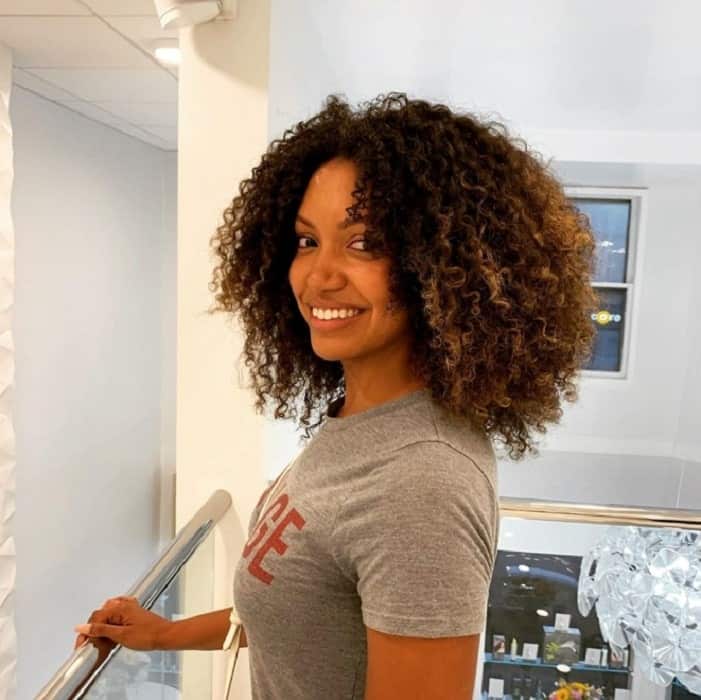

We have established that the helix structure repeats throughout the hair from its most basic molecular building blocks into the bulk hair pattern. Presence of other genes or proteins – Several different research groups are exploring the presence of a protein that seems responsible for curl formation.Prevalent morphology of cortex cells – The aggregation pattern of the macrofibrillar structures in the cortex affects the degree of curliness.Quantity of disulfide bonds – A higher concentration of disulfide bonds results in a more pronounced helical pattern.Flat, ribbon-like strands result in extremely kinky curly hair. Cross-sectional geometry of hair strand – Completely cylindrical hair strands are straight, while oval strands have more wavy characteristics.Angle of emergence of hair from scalp – Super curly hair has been found to emerge from the scalp at a different angle than straight hair.Shape of the hair follicle – Teardrop-shaped, cylindrical and oval follicles all produce hair with differing degrees of curl.There are a number of factors that contribute to degree of curliness. The permanent wave process exploits this by breaking disulfide bonds and then reforming them (and forming new ones) with hair locked into the desired helical shape. In this manner, the nanoscopic structure is repeated at the macroscopic level. Adjacent hair strands tend to assume the same pattern, and then cluster together into multi-helical structures that form curls. A high proportion of disulfide bonds twist the hair strand into a helical pattern. This is a chemical crosslink that ties the adjacent keratin strands together. When two strands of keratin are adjacent to one another, the –SH bonds for nearby cystine groups can be oxidized to form a disulfide (S-S) bond between the two strands. It is from these amino acids that many of the properties of hair are developed, particularly curl. Human hair keratin is made up of 14 percent sulfur-containing amino acids (cysteine and cystine). MORE FROM NATURALLY CURLY: Conditioning Curly Hair

Fatty acids and keratin-based cuticles encapsulate the entire strand. Clusters of microfibrils bundle together into macrofibrillar structures which occupy the central cortex of the hair. Individual keratin fibers bundle together with other keratin fibers to form aggregates called microfibrils. The amino acids in the keratin strands have very specific bond geometries that give the fiber an α-helical conformation. The building block of hair is the protein keratin, which is made up of long chains of amino acids. Human hair is a marvelously complex biomaterial, comprised of many nanoscale substructures woven together into intricate patterns, both beautiful and functional. While this seeming contradiction may be baffling and even frustrating, it is possible to understand what is going on if one looks at what causes hair to curl and some mathematic principles that can be used to describe curly hair. This behavior can be so perplexing, causing curls to disappear with a haircut or to suddenly begin developing as someone grows their hair out for perhaps the first time.


 0 kommentar(er)
0 kommentar(er)
